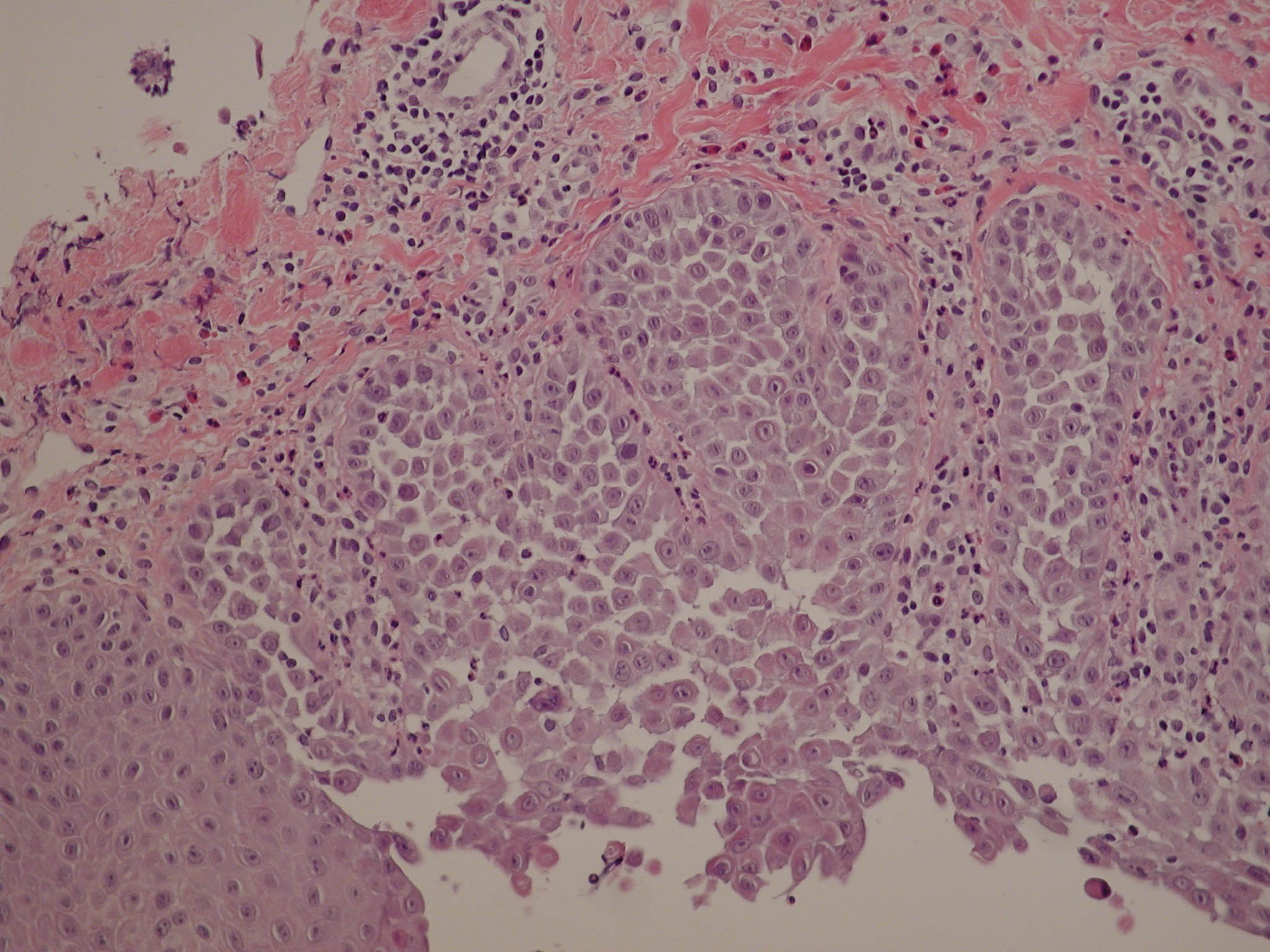Cold Spring Harb Perspect Biol. 2011 May 1;3(5). pii: a004184. doi: 10.1101/cshperspect.a004184.
Source
Laboratory of Ca-transport ATPases, Department of Molecular Cell Biology, K.U. Leuven, Leuven, Belgium.
Abstract
The various splice variants of the three SERCA- and the two SPCA-pump genes in higher vertebrates encode P-type ATPases of the P(2A) group found respectively in the membranes of the endoplasmic reticulum and the secretory pathway. Of these, SERCA2b and SPCA1a represent the housekeeping isoforms. The SERCA2b form is characterized by a luminal carboxy terminus imposing a higher affinity for cytosolic Ca(2+) compared to the other SERCAs. This is mediated by intramembrane and luminal interactions of this extension with the pump. Other known affinity modulators like phospholamban and sarcolipin decrease the affinity for Ca(2+). The number of proteins reported to interact with SERCA is rapidly growing. Here, we limit the discussion to those for which the interaction site with the ATPase is specified: HAX-1, calumenin, histidine-rich Ca(2+)-binding protein, and indirectly calreticulin, calnexin, and ERp57. The role of the phylogenetically older and structurally simpler SPCAs as transporters of Ca(2+), but also of Mn(2+), is also addressed.
